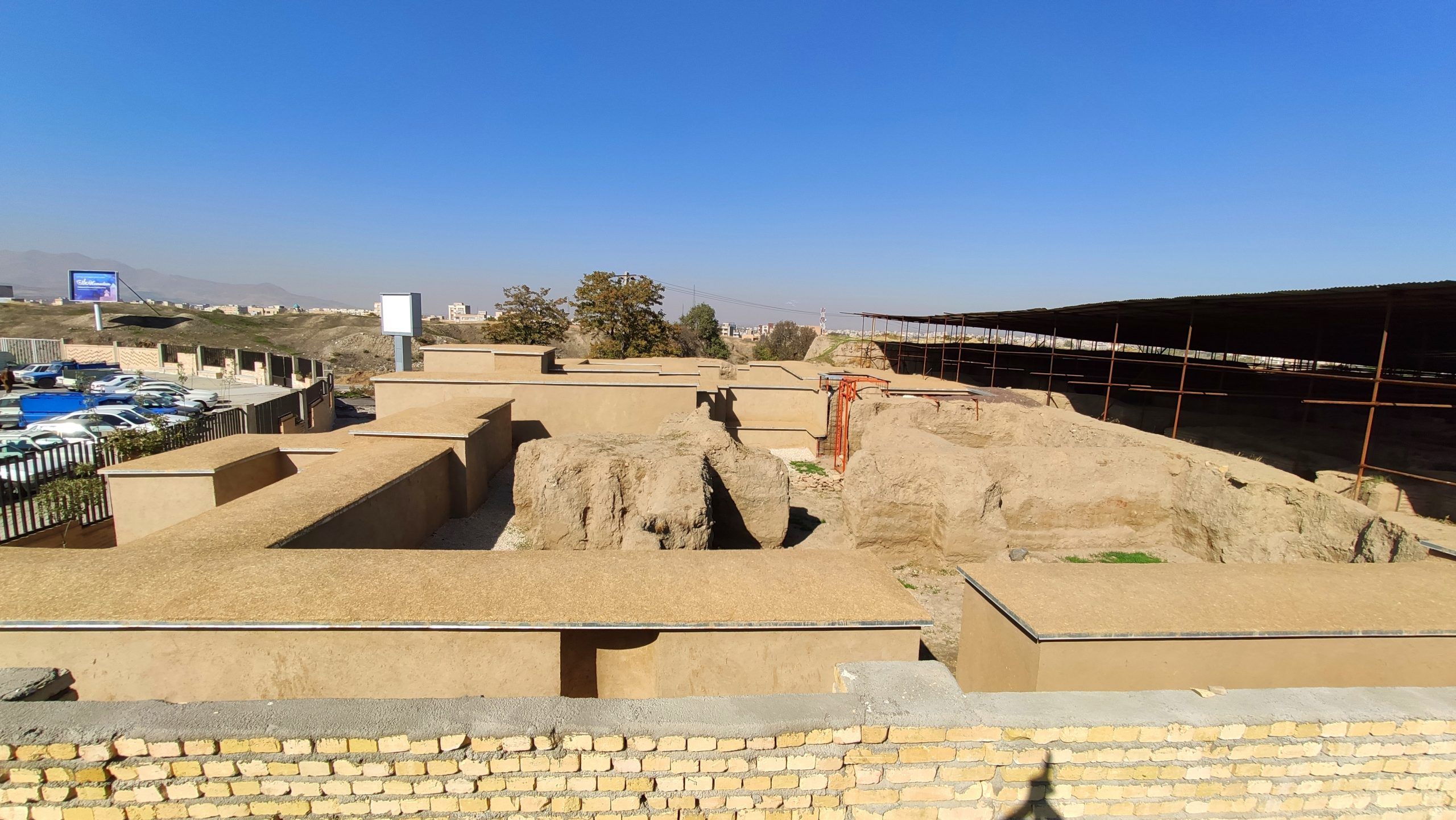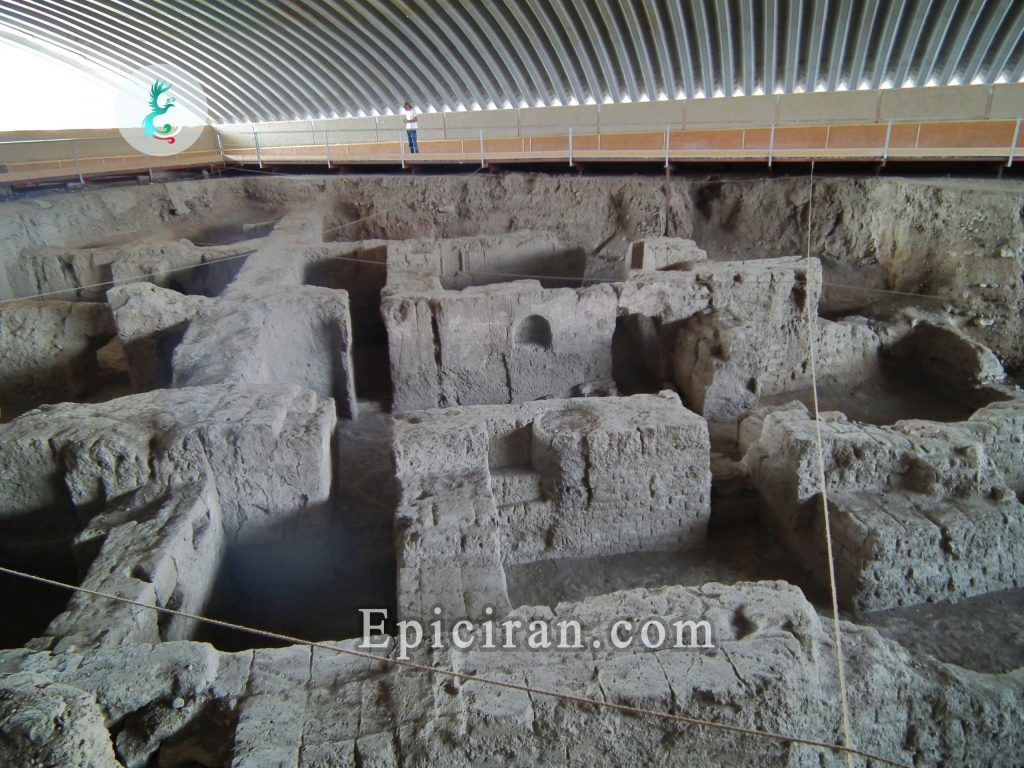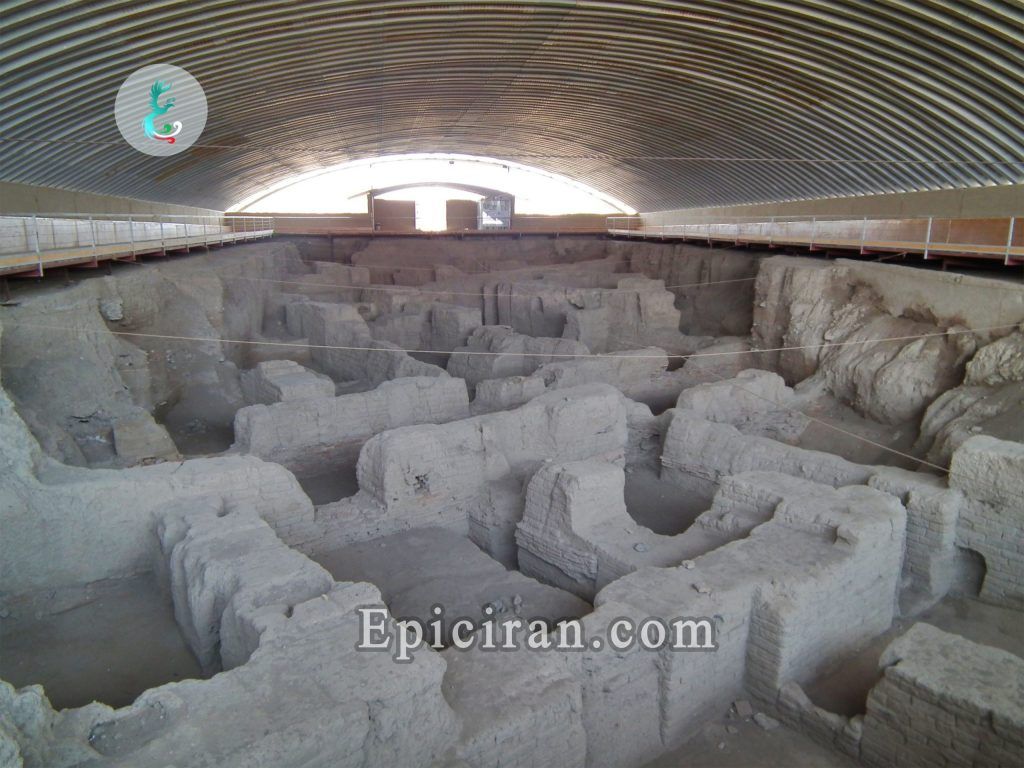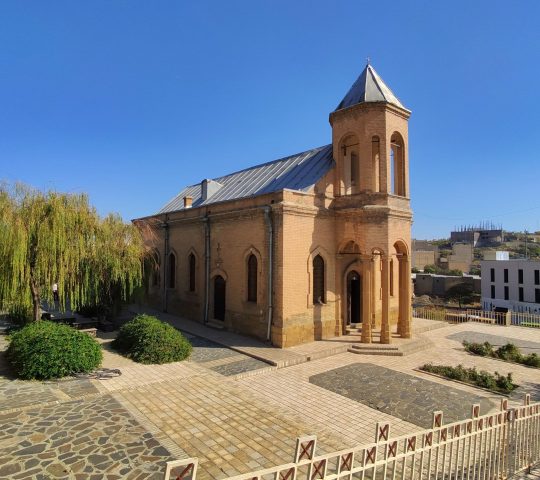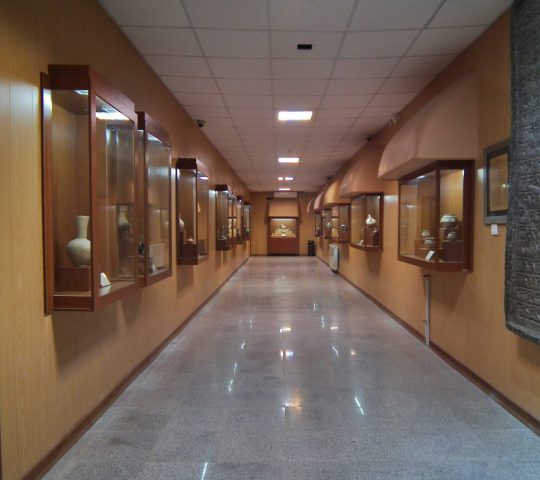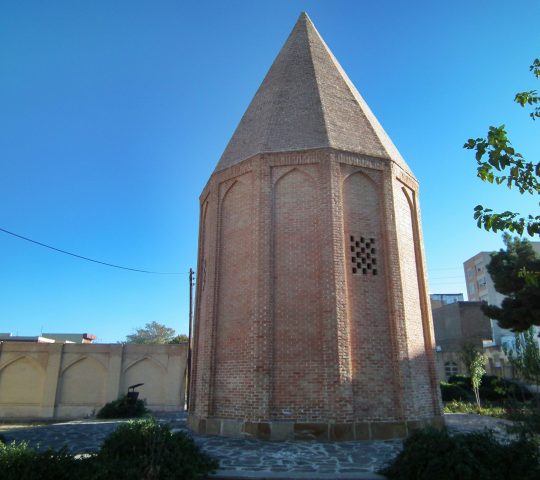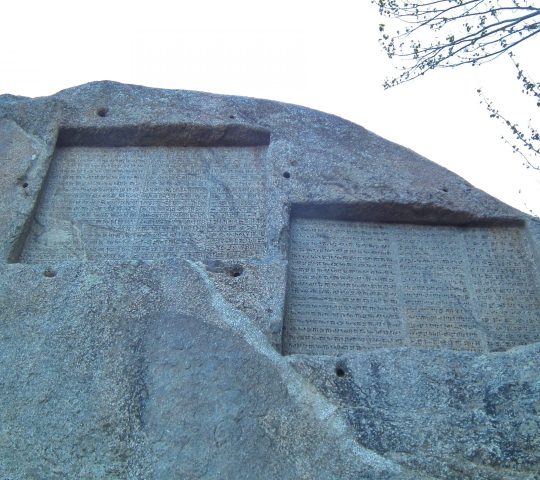The first historical reports about a city with 7 great and high fences were written by Herodotus, the ancient Greek historian during the Medes period. He regarded Hegmataneh (Ecbatana) as the center of the Medes government which was constructed by Deioces, the first king of the Medes. This city has long been a capital city for the Medes government, till the city was dominated by the Persians with the invasion of Cyrus, the founder of the Achaemenid dynasty.
During the Achaemenid period, Ecbatana (Hegmataneh) never returned to the former glory and did not become the capital city, but Achaemenid kings always paid attention to it. When Alexander invaded Iran, Darius III stayed in Ecbatana for a while, but due to the incompetence of the last Achaemenid kings, Ecbatana was so devastated that it was unable to resist Alexander’s invasion. With the conquest of Persepolis and the fall of the Achaemenids and the rise of the Seleucids, Ecbatana remained ruined.
When Parthians began their governance, they made inroads from east to west of Iran and repulsed the Seleucids, and Ecbatana became one of the capitals of the Parthians due to its proximity to the borders of the Seleucids. During this period, Ecbatana was restored to the former glory.
With the rebellion of Ardashir, which led to the fall of the Parthian dynasty, Ecbatana was conquered, and by the end of the Sassanid dynasty, it was at the disposal of the kings of this dynasty and had fallen into the hands of the Muslims by the invasion of Arabs on Iran. The last dynasty that used this city as a fortress after the arrival of Islam into Iran was the Buyid dynasty.
In excavations conducted on the archeological site and other parts of the ancient hills of Ecbatana, many objects have been discovered from various historical periods, the most important of which include: the golden tablet of Darius II and his son Ardashir II, the golden rhyton of the ibex belonging to the Achaemenid period, the silver dish of Achaemenid Xerxes, and the pottery jugs belonging to the Parthians period.
Hegmataneh Museum and Stephen Gregory Church are also located in this archeological site.

